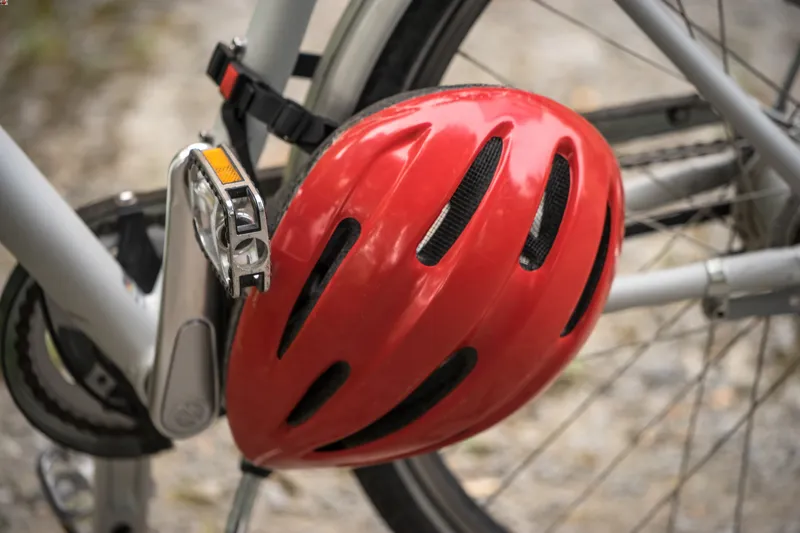
If you ride a motorcycle or bicycle, it’s crucial to know California’s helmet laws.
The state has a universal helmet law for motorcycle riders, but bicycle laws can be confusing.
If you were riding a bicycle or motorcycle and were struck by a vehicle, you’ll likely want to pursue an injury claim.
However, if you were not wearing a helmet, that can affect your claim.
When you have questions about helmet law in California, contact the skilled personal injury lawyers at Weinberg Law Offices.
California Motorcycle Helmet Law
California Vehicle Code Section 27803 requires all motorcycle riders and passengers to wear a Department of Transportation (DOT) approved safety helmet.
This helmet requirement applies to motorcycles, motor-driven cycles, and motorized bicycles.
Non-DOT-compliant helmets are thinner and lack the size, strength, and ability to protect you in a collision.
California Bicycle Helmet Laws
California law says bicyclists who are 18 or older do not have to wear a bicycle helmet when riding their bike. In most situations, someone under 18 years of age must wear a helmet while on a bicycle.
The helmet must meet certain standards and be fitted and fastened if you are riding your bicycle along a:
- Street,
- Public bicycle path,
- Bikeway, or
- Trail.
The helmet requirement also applies to someone riding in a restraining seat attached to a bicycle or someone in a trailer being towed by a bicycle.
You might be wondering why bicycle helmet laws can be confusing in California.
The issue is that while there is a statewide law, local ordinances may vary. Some parks may even have their own rules.
For example, Bidwell Park in Chico requires everyone to wear a helmet when riding off the pavement, regardless of age.
How Not Wearing a Helmet Can Impact Your Personal Injury Accident Claim
If you sustained injuries while riding your bicycle or motorcycle, you have the right to pursue a claim for damages against the responsible parties.
Not wearing a helmet can impact your potential compensation, especially if you violated the law by not wearing one.
California is a pure comparative negligence state. Pure comparative negligence means you can receive compensation from the at-fault party even if you were partially at fault for the accident.
However, your percentage of fault will reduce your potential compensation. If you should’ve had a helmet on and didn’t, the defendant’s insurance company will allege you contributed to your own injuries.
For example, the insurance company says not wearing a helmet made you 20% responsible for your injuries.
That means the maximum compensation you might receive is 80% of your total damages. Because California is a pure comparative negligence state, you can still recover damages even if you are 99% at fault.
However, maximizing your compensation requires legal assistance.
You need a skilled lawyer who understands how to show that your failure to wear a helmet did not contribute to your injuries.
Contact Weinberg Law Offices
If you need assistance pursuing compensation for injuries sustained in a motorcycle or bicycle accident, contact Weinberg Law Offices today.
We understand helmet law in California and know how to build a strong case against the defendants. We aren’t afraid to take your case to trial should it be necessary.
Don’t jeopardize your potential compensation by handling your claim without expert legal representation.
Schedule an initial consultation today to learn more about how we can help you.
Disclaimer: This content should not be construed as legal advice.
